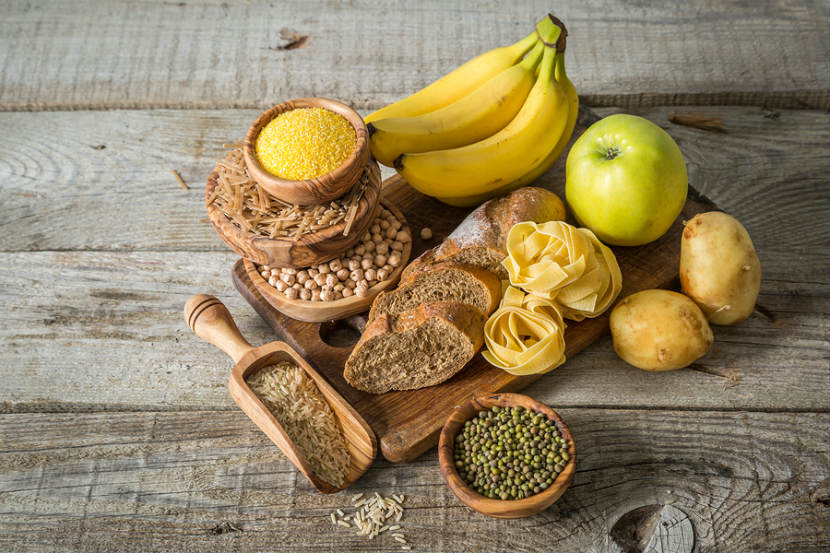
If you have diabetes, general meal planning is important to help manage your blood glucose levels. Some people with diabetes also use “carbohydrate counting” or (“carb counting”). Read on to find out more and if this type of meal planning will work for you.
What is carb counting?
Carb counting is a way to find out how much carbohydrate is in your meals or snacks.
Why is carb counting useful?
Carb counting can help you get a consistent amount of carbohydrate at meals and snacks, which helps to manage your blood glucose levels. Your Registered Dietitian can tell you how much carbohydrate you need at each meal and snack.
Can anyone use carb counting?
Anyone with diabetes can use the carb counting method. If you use insulin, carb counting may be especially helpful. This is because you can match the amount of insulin you take with how much carbohydrate is in your meal or snack. The Canadian Diabetes Association suggests that for carb counting, a person must be able to:
-
Do simple math
-
Read nutrition information (for example, on food labels)
-
Have access to measuring cups, spoons and scales
-
Keep accurate and detailed food records
How do I carb count?
Here are 3 steps to help you get started with carb counting for packaged foods.
-
Use the Nutrition Facts table to find the serving size of the food you are going to eat.
-
Find the total amount of carbohydrate for the serving size. Remember to adjust the carbohydrate amount if your serving size is larger or smaller than the serving size listed on the package.
-
Subtract the fibre from the total amount of carbohydrate. This will give you the amount of carbohydrate that will affect your blood glucose level (also called “available” carbohydrate). Fibre is a carbohydrate, but it does not affect your blood glucose levels. That is why you subtract if from the total amount of carbohydrate.
Helpful tip: To make sure you eat the same amount that you’ve counted, use measuring cups or a food scale to measure your serving size.
An example of carb counting
Look at the Nutrition Facts table below.

How much total carbohydrate is in a 125 mL serving? Total carbohydrate = 18 g How much fibre is in the 125 mL serving? Fibre = 2 g How much “available” carbohydrate is in the 125 mL serving? 18 g total carb – 2 g fibre = 16 g of available carbohydrates 18 – 2 = 16 Therefore, 16 grams of carbohydrate will have an affect on your blood glucose levels.
Where can I find the amount of carbohydrate in foods besides the Nutrition Facts table?
In order to count carbs, you need to know how much total carbohydrate and fibre are in the foods you choose. You can find these numbers through:
Speak with a dietitian about carb counting
It is important to work with a Registered Dietitian when you start carb counting. He or she can help you figure out the right amount of carbohydrate to eat based on your:
-
Age and sex
-
Blood glucose control
-
Level of physical activity
-
Weight and height
-
Body composition
-
Medication
-
Insulin use
Bottom Line
Counting carbs is a useful tool to help manage your blood glucose levels. A Registered Dietitian can help you learn how to count carbs and figure out the right number of carbs at your meals and snacks.
You may also be interested in
How to Manage Diabetes
Diabetes Menu Plan
Getting to Know the Glycemic Index
Carbohydrate Counting, Canadian Diabetes Association
Last Update – August 16, 2018